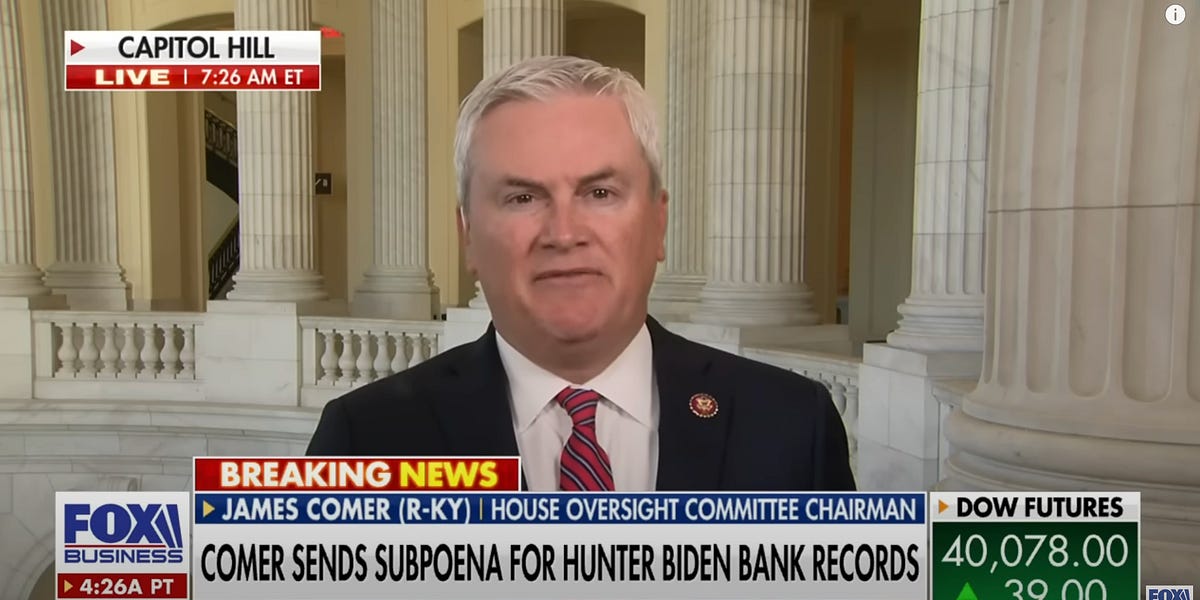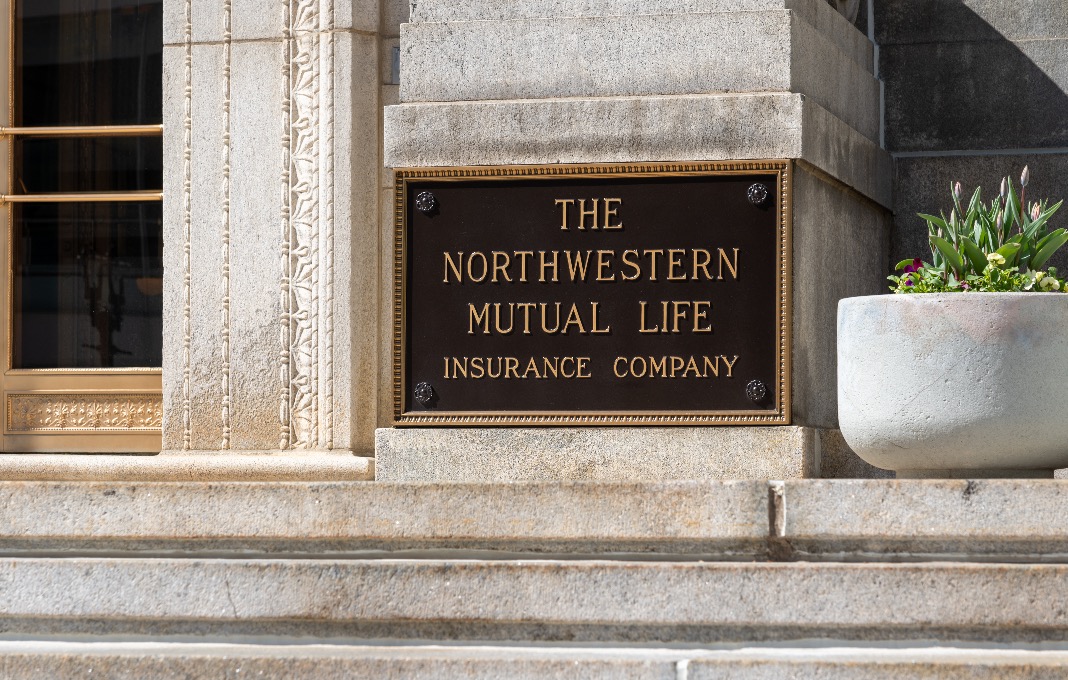On the policy paper, China does not discriminate against the development of the private sector. There are talks about the “two unwaverings”, a phrase that means unwavering support for both private companies, as well as state-owned ones.
However, things are not quite the same in the actual market. According to data released by the country’s National Bureau of Statistics recently, from January to September this year, the profits of private industrial enterprises above designated size fell by 8.1% year-on-year, in contrast to the 3.8% increase of state-owned holdings. The growth rate of private investment in the first nine months significantly lagged behind that of state-owned holding investment. During the same period, the national fixed asset investment (excluding farmers) increased by 5.9% year-on-year.
There is a clear structural imbalance. The growth rate of private investment in the first nine months was only 2.0% year-on-year, while state-owned enterprises (SOEs) in the same period saw an investment growth of 10.6%. In addition, among the listed companies, the operating income and net profit of SOEs in the first three quarters of this year increased by 9% and 5% year-on-year respectively.
Among them, the listed companies of central enterprises have a significant growth momentum, with operating income and net profit increasing by 14% and 15% respectively. Meanwhile, listed private enterprises achieved an operating income of RMB 6.26 trillion and a net profit of RMB 0.40 trillion, which remained basically stable.
Obviously, the private sector in China is struggling in its current development. In a recent survey conducted by ANBOUND’s research team, the result shows that there is a lack of confidence among private companies, and their expectations for future development are rather pessimistic. Some of them have adjusted their development strategies and halted any expansionary investments for the time being, while others are shrinking their business operations.
Regarding the shrinking development of private enterprises, there was a saying in the past: “guo jin min tui”, which literally translates as “the state enterprises advance, the private sectors retreat”.
The same phrase can also be interpreted as “the nation advances, but the people fall behind”. In market competition, SOEs can often obtain the best market. However, compared to the past, the current situation is quite different. Due to the sharp rise of state-led economic power, the restrictions and constraints on the private sector have become more and more obvious.
There is an expansion of state-owned capital in various industries, where more and more SOEs are dominating private firms, resulting in a large inflow of funds into state-owned enterprises and government departments. At the same time, being squeezed in the market, private enterprises are getting fewer funds while the market space for them is increasingly smaller.
Although numbers and figures give the appearance that the current scale of the private sector in the country is still increasing, the nature of the growth is quite different now. This is especially true when the SOEs have adapted and combined market tools such as the capital market with their institutional advantages. Such a development is detrimental to private companies, as they are in a more subordinate position vis-à-vis the SOEs in order to obtain funds and projects from the latter.
In the past, some private firms were able to cooperate with foreign capital and benefited and developed under China’s foreign investment policy. Now, because of uncertain factors such as the COVID-19 pandemic and global inflation, quite a number of foreign capitals have relocated out of the country. This means that many customers and partners of these private firms have also left.
Under such circumstances, there are fewer options left for the private sector, either they can only rely on the SOEs, with the final result being nationalization, or that they might just close down for good.
Private enterprises make important contributions to the Chinese economy and society. The number “56789” has been popularly used to describe such contributions. This refers to the private sector contributing more than 50% of China’s tax revenue, 60% of the country’s GDP, 70% of technological innovation achievements, 80% of urban labor employment, and 90% of enterprises being private.
As things stand, the private sector provides the largest number of jobs in China and maintains the fundamentals of the country’s economy. If “guo jin min tui” continues to develop, it will actually intrude on the fundamentals of society, affecting not just private enterprises, but overall consumption and economic development as well.
While the private sector in China is not being discriminated against in policy documents, in reality, state-owned enterprises are increasingly advancing at the expense of private firms.
If the private sector continues to shrink in the market, and can only gain development space by relying on SOEs, the fundamentals of the country’s economic development will face the risk of being eroded. Private firms and SOEs should complement each other, and China’s economy cannot be sustained by SOEs alone.
Written by Chan Kung.
Have you read?
How to Set Tangible Ecommerce Goals for 2023 by Rhett Power.
How Organizations Can Prepare Their Front-Line Leaders for What’s to Come by Katrin Schwabe.
Where Should Companies that Benefitted from the Pandemic Go Next by Christine Alemany.
Are you a tired leader, tired of leading tired people? If so, you are not alone by Anne Grady.
Track Latest News Live on CEOWORLD magazine and get news updates from the United States and around the world.
The views expressed are those of the author and are not necessarily those of the CEOWORLD magazine.
Follow CEOWORLD magazine headlines on: Google News, LinkedIn, Twitter, and Facebook.
Thank you for supporting our journalism. Subscribe here.
For media queries, please contact: info@ceoworld.biz






































































